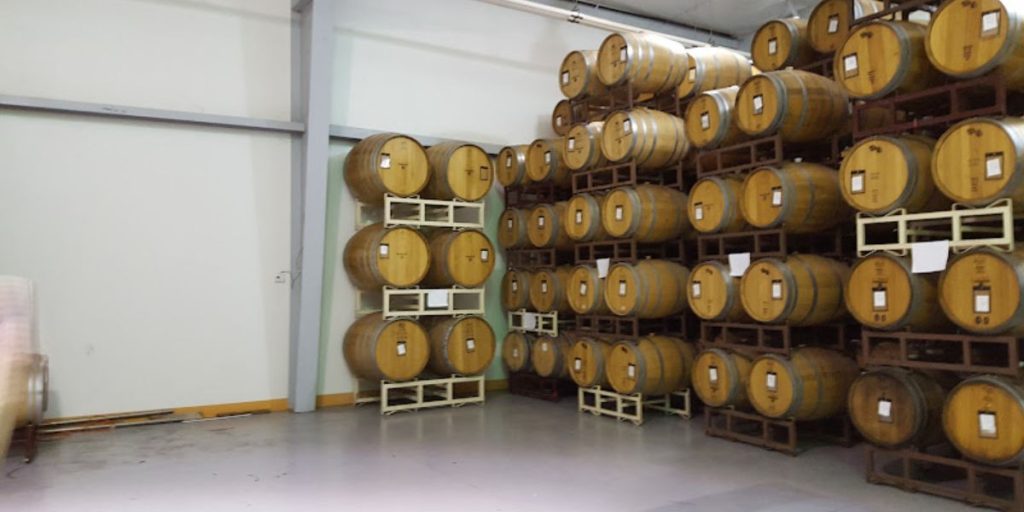Many individuals outside of Texas still haven’t heard of Texas wine, even though the Lone Star State ranks fifth in U.S. wine production.
Although Texas wine is still mostly drunk by Texans—who are extremely loyal to their local producers—it faces competition from well-funded vineyards in more established wine-producing states such as California and New York, as well as the challenges of cross-state wine distribution. Here, boutique, family-run vineyards celebrate harvest with traditional activities like grape stomps, barbecues, and packed bottle release parties.
But, thanks to the industry’s burgeoning investment, increasing national and international recognition in wine competitions, and other factors, bottles of this Texas delight may soon be frequently sold outside of Texas. Perhaps you will change your mind after touring some of Texas’s most renowned wineries.
Indulge with a glass of Texas at one of any establishments at these places.
Fredericksburg
There are one hundred wineries along the best-known wine route in Texas, which stretches along Highway 290 from Hye to Johnson City and Fredericksburg.
The evergreen Hill Country scenery winds around the Pedernales River and provides a breathtaking backdrop to the welcoming downtown Fredericksburg, where German-Texas culture is felt in the cuisine and friendly hospitality.
This wine path in particular is enormous and continues to expand at a rapid pace. In the Texas Hill Country, you can visit as many as four wineries per day that provide complete samples during specific months, such as October, December, February, and March/April.
Lubbock

Lubbock and the Texas High Plains region welcome visitors from the rear, leading to the vast orchards that provide the grapes used to manufacture more than 80% of Texas wine. Hill Country serves as the industry’s entrance, while the region is known for its wine.
With its hot, dry summers that end in cool evenings and its proximity to flat ground, Lubbock is perfect for grape growth and exhibits breathtaking sunsets. Although not all tourists make the effort, it is well worth it to explore the vineyards here. In return, you can expect an educationally focused, leisurely experience.
“You’re going to be welcomed, and you’re going to be treated like the biggest wine buyer that has ever walked through their door, even if you’re a newbie,” Wiese says, and he claims the same thing about most Texas wineries. You’re going to learn a lot about wine from Texas from them. Providing consumers with information about the origins and contents of their wine is a top priority for our wineries.
Fort Davis
Marfa, Fort Davis, and Alpine are three small but thriving towns in western Texas. They are located in the valleys between the Davis Mountains and Big Bend National Park’s Chisos Mountains. Located in this AVA, not far from the Mexican border in the town of Del Rio, is really the site of Texas’s oldest continuously running winery.
The family of Italian immigrant Frank Qualia established the Val Verde Winery in 1883 after discovering local Lenoir grapes growing nearby. These grapes are still planted all throughout Texas and produce some fantastic ports; they were originally used to make communion wine.
Conclusion
The Lone Star State is home to eight different American Viticultural Areas (AVAs) and five unique grape-growing areas. Along with this, there are nineteen separate wine trails that go across Texas, from the Hill Country to the High Plains and the Gulf Coast, providing samples of the unique fruit grown in the state’s incredibly diverse soil.
Approximately sixty-five wineries in and around Fredericksburg, the geographic center of Texas wine country, are under the direction of January Wiese, the executive director of Texas Hill Country Wineries.
The end product is white wines that are refreshing and mineral-rich, perfect for sipping under the shade of live oak trees in Texas, and red wines that are full of flavor and have dark fruits that have been basked in the Texas sun. Visiting a Texas winery and enjoying the local warmth and cuisine will create an experience that goes beyond just tasting the wine.